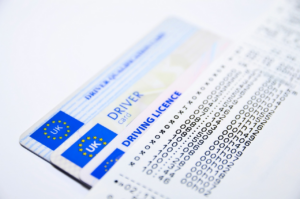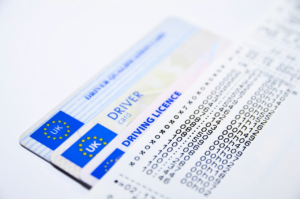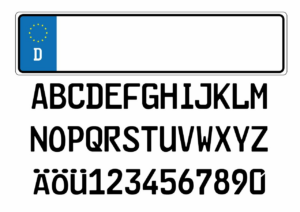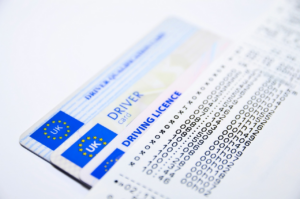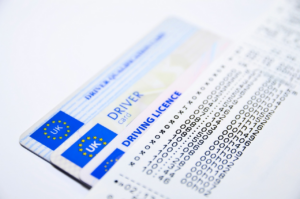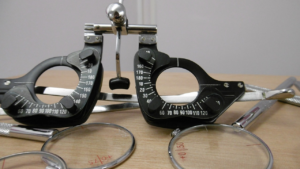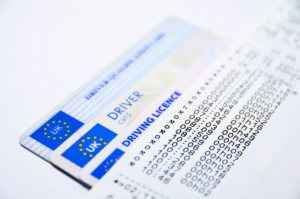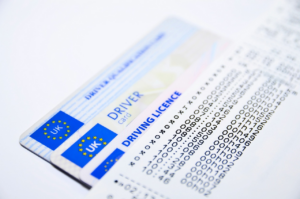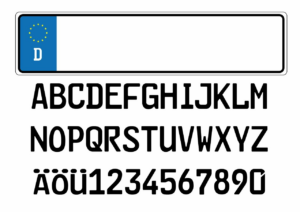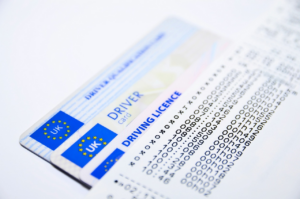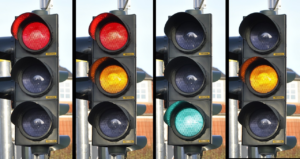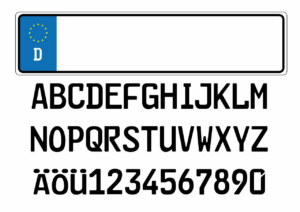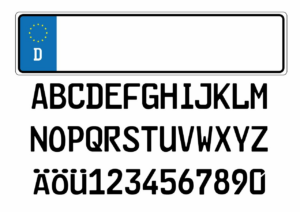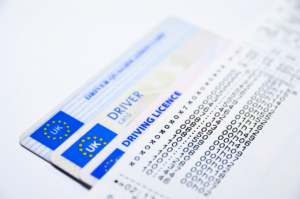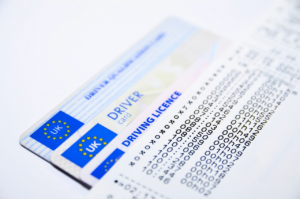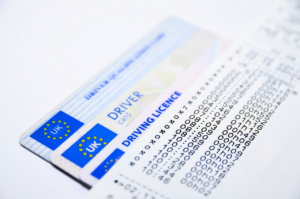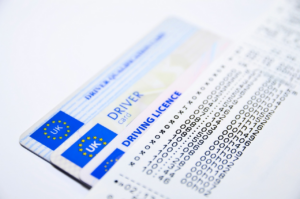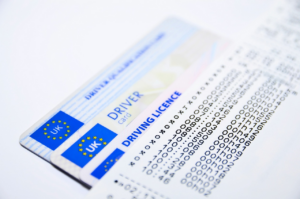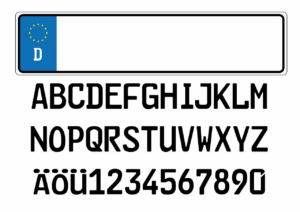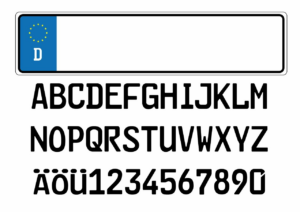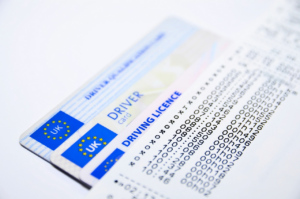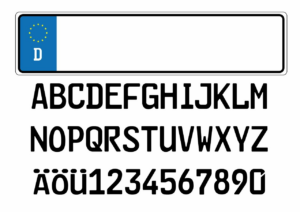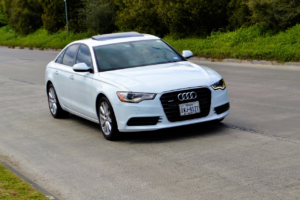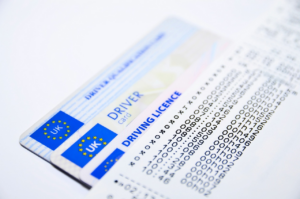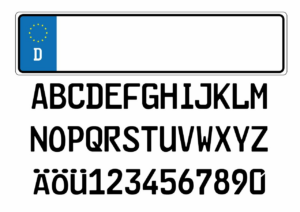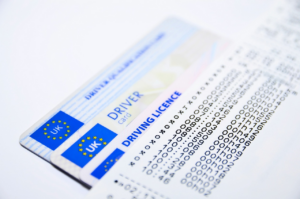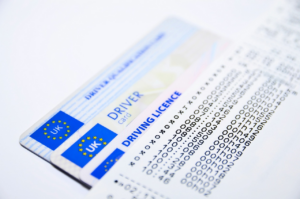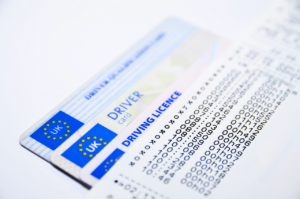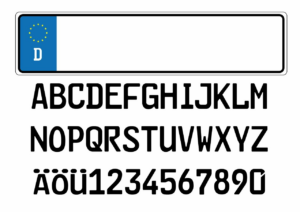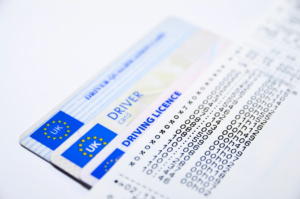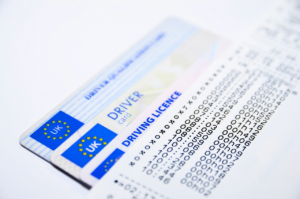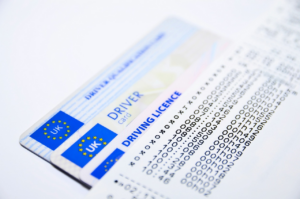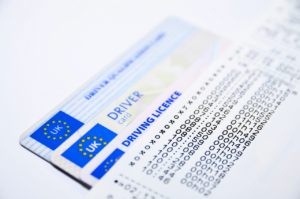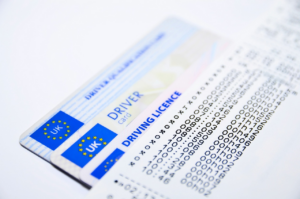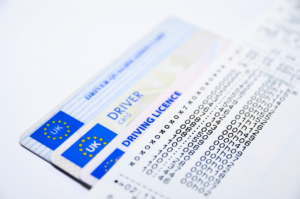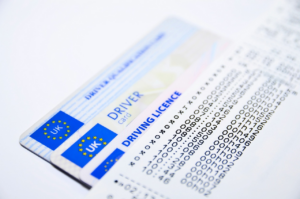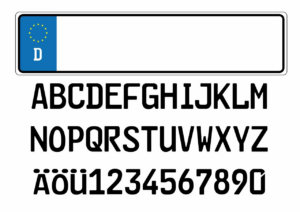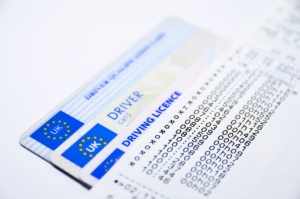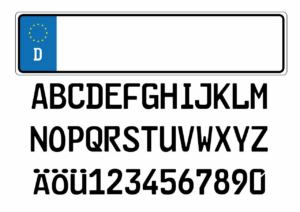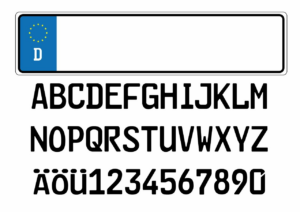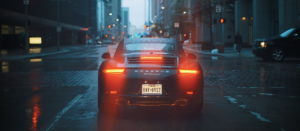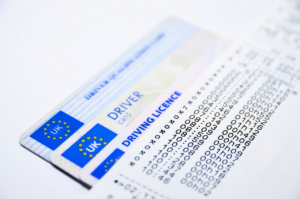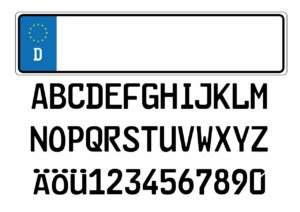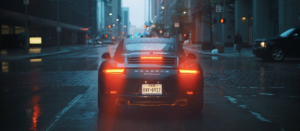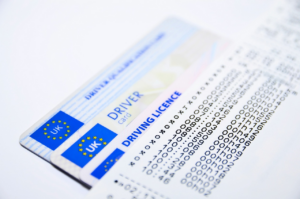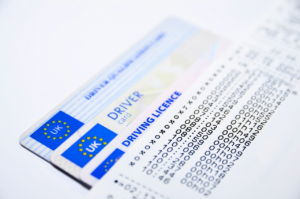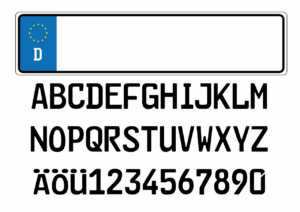If you’re looking to get your UK driving licence, passing the theory test is a vital step. The test assesses your knowledge of the Highway Code, road safety, and hazard perception. It can seem daunting, but with the right approach and preparation, you can pass with flying colours.
Firstly, it’s important to understand the test requirements. The theory test is made up of two parts: the multiple-choice section and the hazard perception section. You need to pass both parts to pass the overall test.
To prepare, you’ll need to study the Highway Code thoroughly and practice your hazard perception skills. Additionally, taking mock tests and managing test day stress are both crucial for success.
With these tips and tricks, you’ll be well on your way to acing the UK driving licence theory test.
Understand the Test Requirements
You’ll need to know the ins and outs of road safety to ace this crucial part of your journey to becoming a licensed driver. The theory test is designed to assess your knowledge of the Highway Code, road signs, and traffic laws.
The test is comprised of two parts: multiple-choice questions and hazard perception videos. The multiple-choice section consists of 50 questions, and you’ll need to get at least 43 correct to pass. You’ll have 57 minutes to complete the test, and you’ll be given a booklet to refer to during the exam.
The hazard perception section involves 14 videos, each with a developing hazard. You’ll need to click the mouse when you spot the hazard, and the earlier you do so, the more points you’ll score. It’s important to note that you can’t review your answers once you’ve submitted them, so make sure you’re confident in your choices before moving on.
Study the Highway Code
Studying the Highway Code is a crucial step in preparing for the road rules and regulations. It’s a comprehensive guide that covers everything you need to know about driving in the UK. The Highway Code explains the different road signs, traffic signals, and road markings. It also covers the rules of the road, such as speed limits, overtaking, and giving way.
To help you study the Highway Code efficiently, here are a few tips:
- Start by reading the introduction and the first few chapters to get a basic understanding of the road rules and terminology.
- Use the table of contents to find specific topics that you need to study in more detail.
- Take notes while you read, and highlight important sections that you need to remember.
- Use visual aids, such as diagrams and illustrations, to help you understand complex topics.
- Test your knowledge regularly by taking online quizzes or mock tests.
Practice Hazard Perception
Now that you’ve studied the Highway Code, it’s time to practice Hazard Perception.
This involves identifying potential hazards on the road, including both static and moving objects.
By practicing different scenarios and simulations, you’ll learn how to anticipate and respond to different situations, increasing your chances of passing the UK driving licence theory test.
So, get ready to sharpen your skills and become a confident and safe driver on the road.
Identifying Potential Hazards
Identifying potential hazards on the road requires a keen sense of observation and quick decision-making skills. To pass the UK driving licence theory test, you must be able to identify potential hazards to avoid accidents on the road.
Here are some things to keep in mind when identifying potential hazards:
-
Be aware of your surroundings: Keep an eye out for any potential hazards, such as pedestrians crossing the road or cars merging onto the highway.
-
Consider the weather conditions: Adverse weather conditions, such as rain or fog, can make it difficult to see potential hazards on the road. Adjust your driving accordingly.
-
Look out for road signs and markings: These can indicate potential hazards, such as sharp turns or speed limits.
-
Always be prepared to react: Even if you’re driving safely, other drivers may not be. Keep a safe distance from other cars and be prepared to react quickly if necessary.
By keeping these tips in mind, you can become more aware of potential hazards on the road and pass the UK driving licence theory test with flying colors. Remember, being a safe driver isn’t just about passing a test—it’s about protecting yourself and others on the road.
Scenarios and Simulations
In this section, you get to experience different scenarios and simulations that will test your ability to react to potential hazards on the road. These simulations are designed to prepare you for real-life situations that you may encounter while driving. By practicing these scenarios, you are training your brain to recognize potential hazards and react accordingly, which is crucial for passing the theory test and, more importantly, for driving safely on the road.
To help you understand the importance of this section, let’s take a look at the following table. Imagine yourself in each of these scenarios, and think about how you would react. Would you be able to identify the potential hazard and take the appropriate action? These scenarios may seem simple, but they are meant to test your ability to react quickly and make split-second decisions that could mean the difference between a near-miss and a serious accident. So, take your time and practice these scenarios until you feel confident in your ability to identify and react to potential hazards on the road.
| Scenario | Potential Hazard | Correct Action |
|---|---|---|
| A car pulls out in front of you | The car blocking your path | Slow down and be prepared to stop |
| A pedestrian steps out onto the road | The pedestrian crossing the road | Brake and give the pedestrian right of way |
| A cyclist is riding in your blind spot | The cyclist is not visible in your mirrors | Check your blind spot and give the cyclist enough space |
| A car suddenly brakes in front of you | The car in front of you stops suddenly | Brake immediately and maintain a safe distance |
| A car is driving towards you with their high-beams on | The bright lights are blinding you | Look to the left side of the road and slow down |
Take Mock Tests
Taking practice exams can be a helpful way to prepare for the assessment of your knowledge of the rules of the road. Mock tests allow you to experience the real test conditions and help you identify areas where you need improvement. Here are some tips to make the most out of your mock tests:
-
Take the mock tests in a quiet and distraction-free environment to simulate the real test conditions.
-
Time yourself when taking the mock tests to practice managing your time during the actual exam.
-
Review your answers after each mock test to identify your strengths and weaknesses.
-
Repeat the mock tests until you consistently achieve a high score to boost your confidence for the real test.
By taking mock tests, you can increase your confidence and knowledge of the rules of the road, which will help you pass your UK driving licence theory test. Remember to take the test seriously and make the most out of the practice exams to ensure your success.
Manage Test Day Stress
Now that you’ve taken several mock tests and brushed up on your knowledge, it’s time to focus on managing test day stress. It’s completely normal to feel nervous before a big exam, but don’t let it get the best of you.
Here are some tips to help you stay calm and collected on the day of your theory test.
First and foremost, make sure you arrive at the test center with plenty of time to spare. Rushing around and feeling like you’re running late will only add unnecessary stress.
Once you’re there, take a few deep breaths and remind yourself that you’ve prepared for this moment. Before the test starts, you’ll have the option to take a practice session to get accustomed to the format of the test. Take advantage of this opportunity and use it as a chance to calm your nerves.
Remember, you can take as much time as you need during the test, so don’t rush through the questions. Take breaks if you feel overwhelmed and come back to the test when you’re ready.
By following these simple tips, you’ll be able to manage test day stress and perform at your best on the theory test.
Pay Attention to Details
Make sure you don’t overlook small details during the exam, as they could be the difference between success and failure.
The UK driving licence theory test is designed to assess your knowledge and understanding of the rules of the road, and as such, it’s important to pay close attention to every detail. From the questions themselves to the format of the test, there are many factors that can impact your performance, so it’s important to stay focused and alert throughout the exam.
One tip to help you pay attention to details is to read each question carefully and make sure you understand what’s being asked. Don’t rush through the questions, as this can lead to mistakes and misunderstandings. Take your time and read each question thoroughly, making sure to consider all the possible answers before making your choice.
Additionally, make sure you’re familiar with the format of the test, including the number of questions, the time limit, and any other important details. By being prepared and attentive, you can increase your chances of passing the UK driving licence theory test on your first try.
Review and Learn from Mistakes
It’s crucial to review and learn from any mistakes made during the exam, as this will help improve your knowledge and understanding of the rules of the road.
Take the time to go through the questions you got wrong and figure out why you got them wrong. Did you misunderstand the question? Did you not know the answer? Did you rush through it? By identifying the reasons for your mistakes, you can work on correcting them and avoid making the same errors in the future.
One way to review and learn from your mistakes is to keep a record of them. Write down the questions you got wrong, the correct answers, and why you got them wrong. This will help you track your progress and see how you’re improving over time.
Additionally, make sure to review the material regularly, even after you pass the test. This will help reinforce your knowledge and ensure that you’re always up-to-date on the latest rules and regulations of the road.
By taking the time to review and learn from your mistakes, you’ll be well on your way to passing the UK driving licence theory test.
Retake the Test if Necessary
If you didn’t succeed the first time, don’t give up – you have the power to try again and prove yourself. Retaking the UK driving licence theory test is not a failure but an opportunity to learn and improve. It may seem discouraging to have to retake the test, but it’s important to remember that even the most experienced drivers had to go through this process.
To increase your chances of passing the test on your second attempt, it’s crucial to identify where you went wrong the first time. Take the time to review your mistakes and study the areas where you struggled. This may involve reviewing the Highway Code, practicing with mock tests, or seeking help from a driving instructor. Once you feel confident in your knowledge, it’s time to retake the test.
Here are a few tips to help you succeed:
-
Stay calm and focused: Don’t let nerves or anxiety get the best of you. Take deep breaths, stay positive, and trust in your abilities.
-
Read questions carefully: Don’t rush through the questions. Take your time to read and understand each question before answering.
-
Manage your time: The test is timed, so it’s important to manage your time wisely. Don’t spend too much time on difficult questions and make sure to answer all questions before time runs out.
-
Learn from your mistakes: If you do happen to fail again, don’t give up. Use the experience as an opportunity to continue learning and improving until you pass.
Frequently Asked Questions
What is the passing rate for the UK driving licence theory test?
If you’re wondering what the passing rate is for the UK driving licence theory test, you’re not alone.
The test consists of 50 multiple-choice questions and a hazard perception test, and you need to score at least 43 out of 50 on the multiple-choice section and 44 out of 75 on the hazard perception test to pass.
The pass rate varies depending on the year and location, but on average, it’s around 50-55%.
However, don’t let this discourage you. With proper preparation and practice, you can increase your chances of passing the test on your first try.
Can I take the theory test in a language other than English?
Yes, you can take the UK driving licence theory test in a language other than English. The test is available in 20 different languages, including Polish, Turkish, Arabic, and Mandarin.
However, it’s important to note that you must still pass the test in English in order to obtain a full UK driving licence. This means that you will need to demonstrate a good understanding of the English language in addition to your knowledge of the rules of the road.
To prepare for the test, you can use study materials in your preferred language, but it’s recommended that you also practice your English language skills to ensure you’re fully prepared for the exam.
Are there any accommodations available for individuals with disabilities during the theory test?
If you have a disability and are planning to take the UK driving theory test, there are accommodations available to make the experience more accessible for you.
The Driver and Vehicle Standards Agency (DVSA) provides various options to cater to different needs, such as extra time, a reader or a scribe, and a separate room for the test.
To request accommodations, you’ll need to contact the DVSA and provide medical evidence of your disability. They’ll then assess your needs and make the appropriate arrangements for you.
Don’t hesitate to take advantage of these accommodations if you need them, as they can make a significant difference in your ability to pass the test and obtain your driving license.
How long is the theory test valid for?
When it comes to the validity of the UK driving licence theory test, it’s important to note that it’s only valid for 2 years from the date you pass.
This means that if you don’t pass your practical driving test within this timeframe, you’ll need to retake the theory test.
It’s also important to keep in mind that the rules and regulations of driving may change over time, so it’s recommended to stay up to date with any new updates or changes that may affect your driving.
Overall, it’s crucial to take the theory test seriously and ensure that you’re adequately prepared to pass it in order to avoid the hassle of having to retake it in the future.
What happens if I fail the theory test multiple times?
If you’re worried about failing the UK driving licence theory test multiple times, don’t be too discouraged. Many people do fail on their first try, and even on their second or third attempt.
However, if you do fail multiple times, you’ll need to wait a minimum of 3 working days before you can retake the test. It’s important to use this time to study and review the material thoroughly, as well as to practice your test-taking skills.
You may also want to consider seeking additional support or resources, such as a driving instructor or online study guide. Keep in mind that you can take the theory test as many times as needed until you pass, but each attempt does come at a cost.
So, it’s in your best interest to take the time to prepare and go into the test feeling confident and well-prepared.
Conclusion
Congratulations, you’ve made it to the end of this article! By now, you should have a good understanding of what it takes to pass the UK driving licence theory test.
Remember, the key to success is preparation. Start by understanding the test requirements, studying the Highway Code, and practicing your hazard perception skills. Taking mock tests can also be incredibly beneficial, as they allow you to identify areas where you may need to improve.
On test day, make sure you manage your stress and pay attention to the details. And if you don’t pass the first time, don’t worry; review your mistakes, learn from them, and don’t be afraid to retake the test if necessary.
By following these steps and putting in the time and effort, you can increase your chances of passing the driving licence theory test and getting one step closer to becoming a licensed driver. Good luck!






